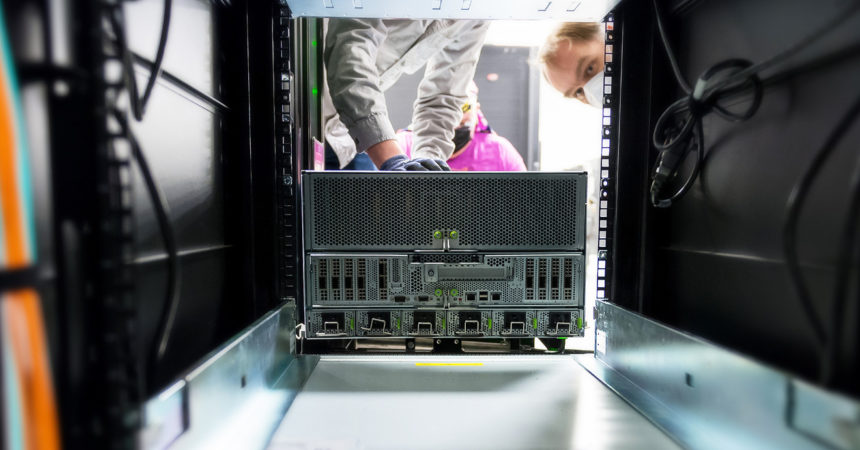NVIDIA’s Ampere GPU architecture will used in next-gen graphic cards including the GEForce, Quadro and Tesla series.
Although CEO Jensen Huang will unveil the company’s latest design today, several reports have cropped up with each detailing how the latest design will unify the entire GPU range. From AI, data center, to gaming – Ampere will power every graphics card shipped by the company over the next two years.
Considering that NVIDIA‘s initial plan was to release its consumer and professional product range under two different architectures, this is certainly unexpected news.
In a pre-briefing with media members on Wednesday, Huang confirmed that Ampere will eventually replace the current Volta and Turing chips used by NVIDIA with a single platform in a bid to streamline the flagship’s graphics processing units (GPU) lineup.
“Unquestionably, it’s the first time that we’ve unified the acceleration workload of the entire data center into one single platform.”
Huang also stated that an overlap between the microarchitecture is also on cards. In other words, while the Ampere will be featured on the consumer and enterprise GPUs and have similar configurations, they will end up being vastly different depending on their respective segments.
“There’s great overlap in the architecture, but not in the configuration.”
Ampere Architecture: Higher No. of Transistors Could Mean a Higher Price
MarketWatch reported that Huang has also confirmed that the 7 nm Ampere Architecture processor will have more than 54 billion (!) transistors.
Nevertheless, with this drastic increase in the number of transistors in the new processor, it’s also likely for the Ampere architecture to be pricey.
There’s still no confirmation about when the Ampere takeover will take place, but an announcement could be made anytime during or after the third quarter of this year.
DGX A100 Might Help Find a Cure for Coronavirus
Interestingly, NVIDIA has tied up eight of the A100 GPUs together into the DGX A100, which starts from $200,000. This is the primary reason why the DGX A100 can perform nearly 56 tasks at the same time – the other alternative is to combine it into a single large task.
The Department of Energy at Argonne has already received the DGX A100 to study the potential treatments of COVID-19.
We can only hope that a cure is found soon.









